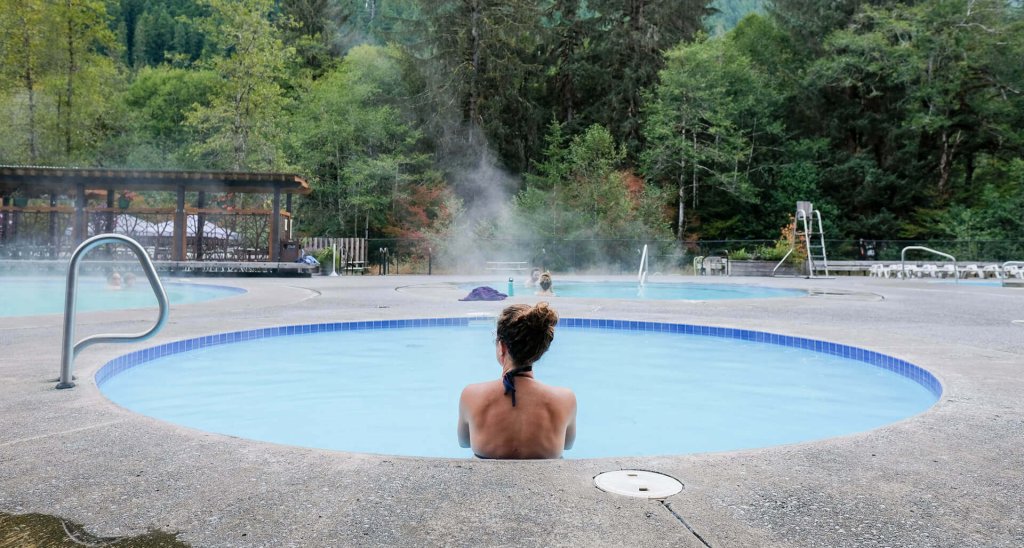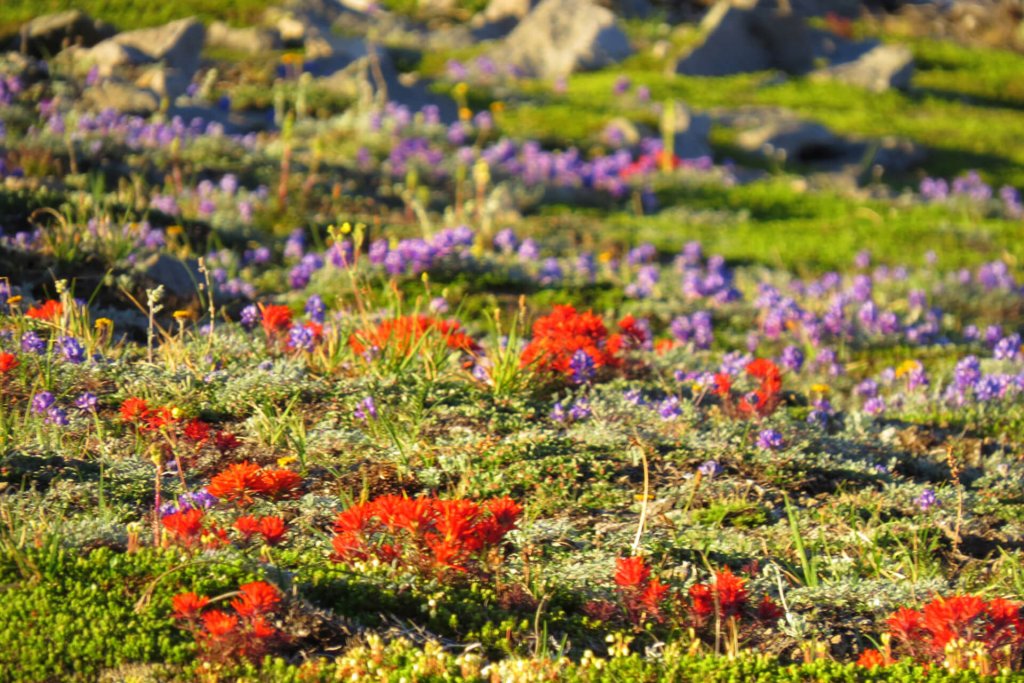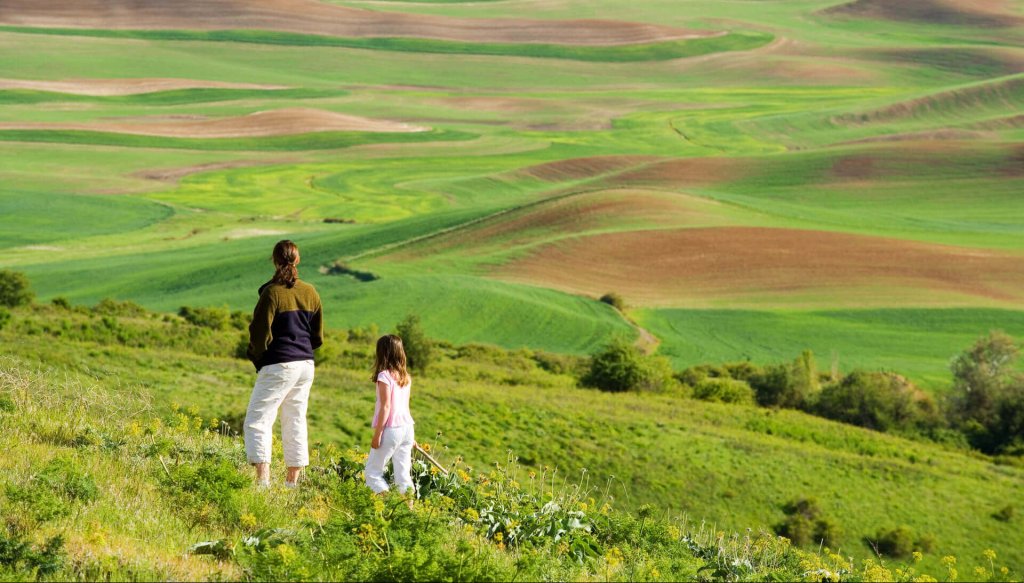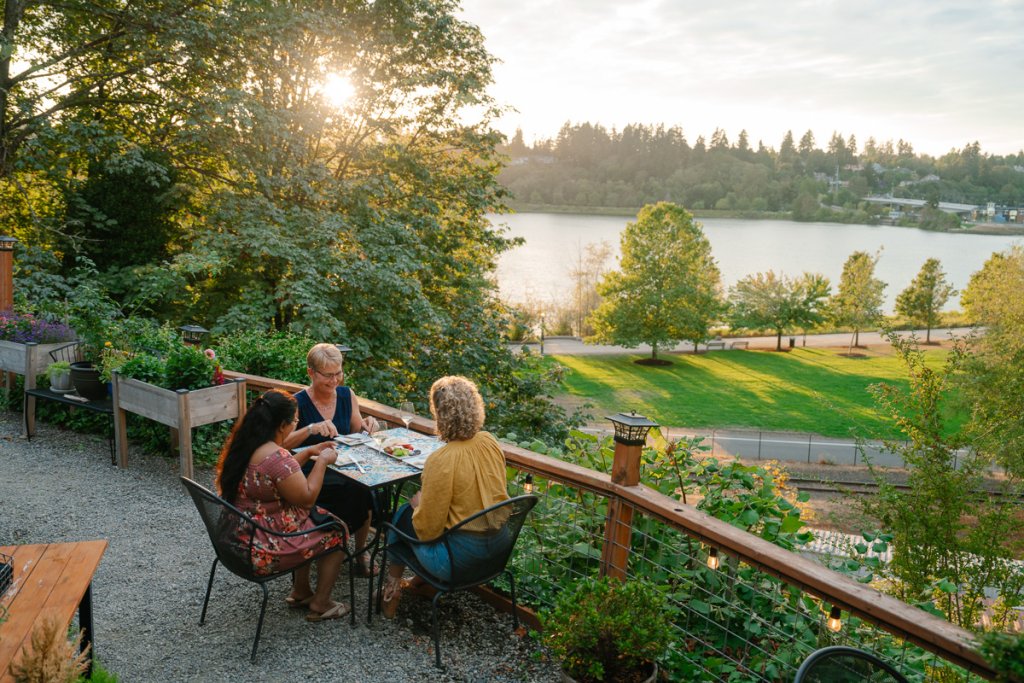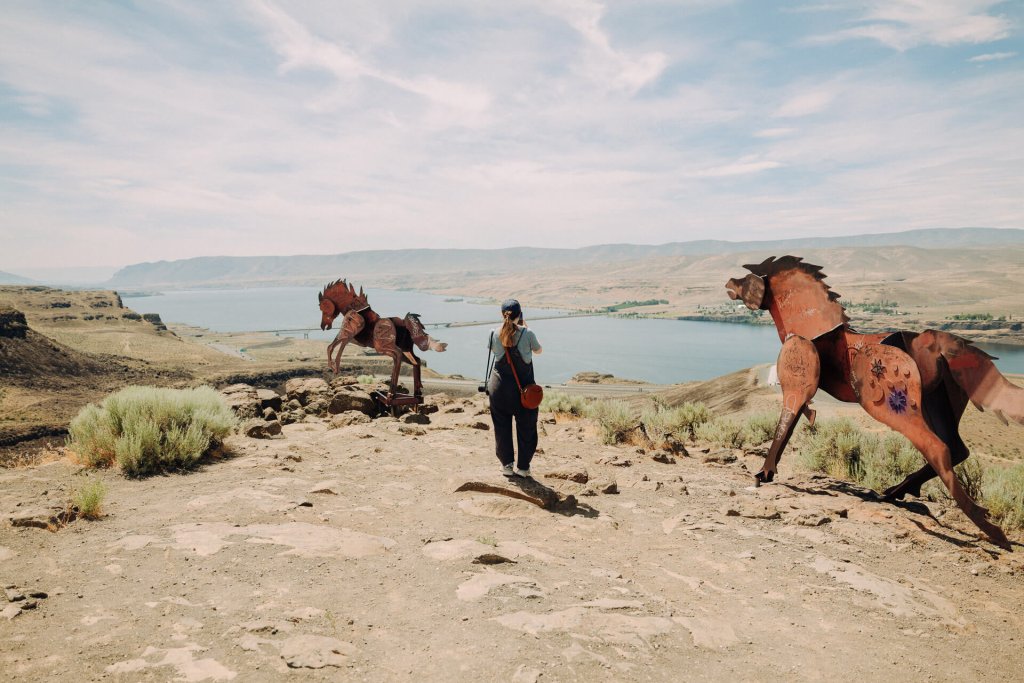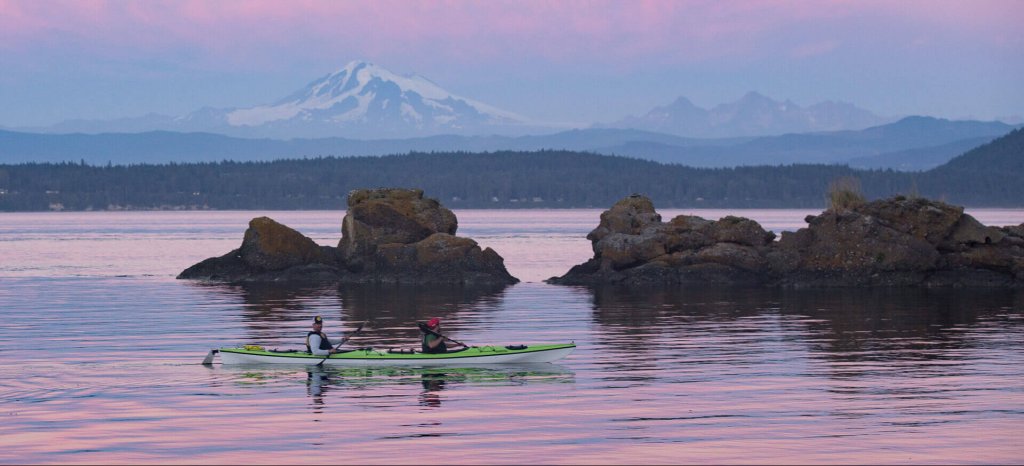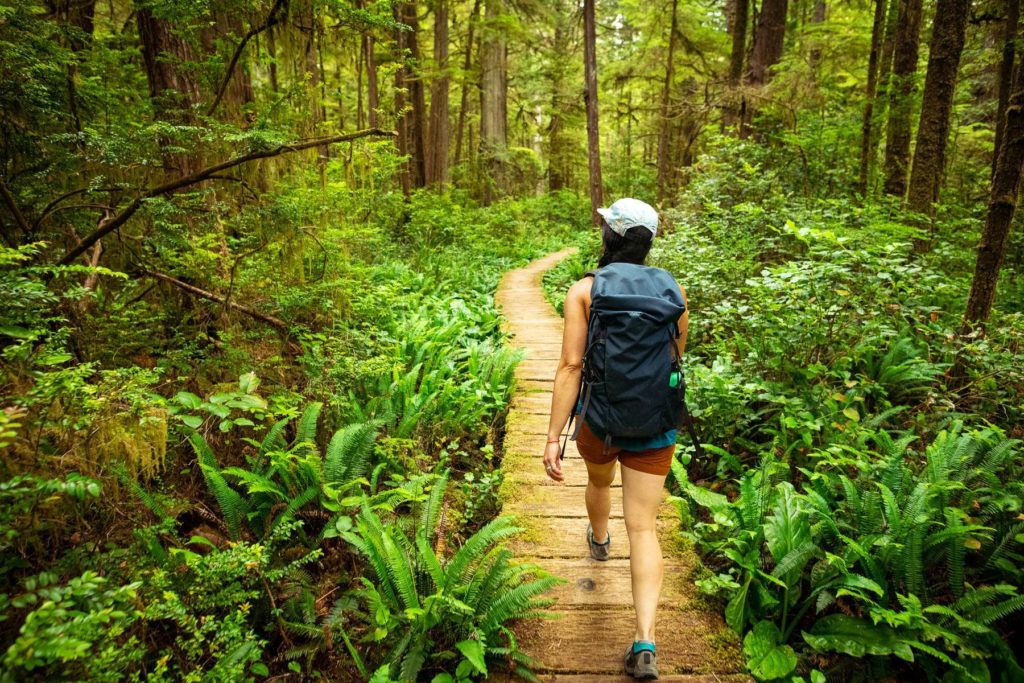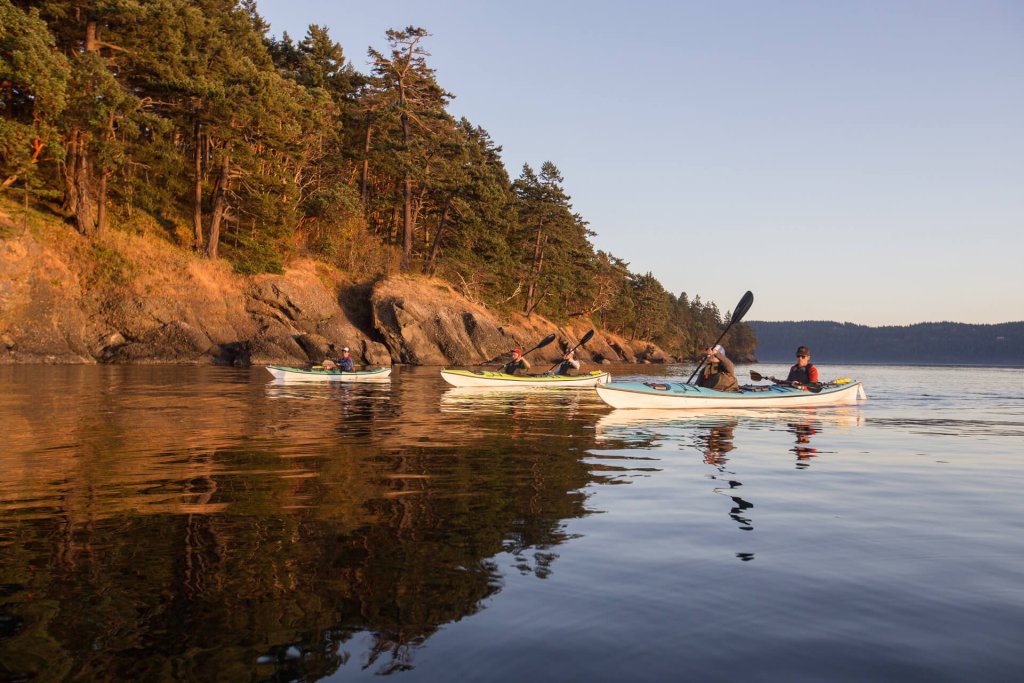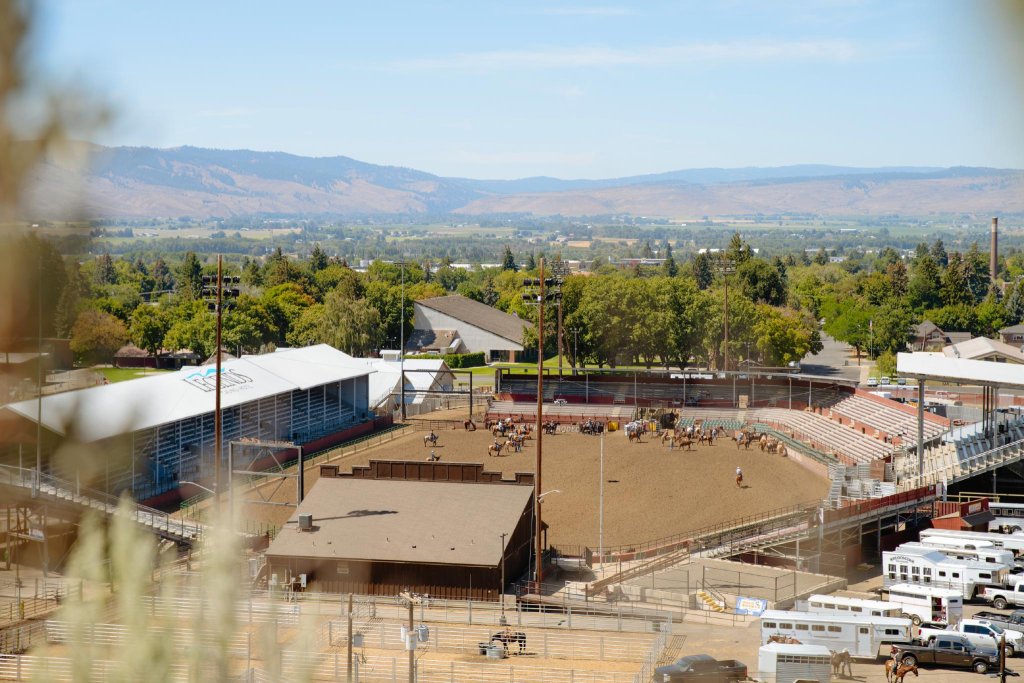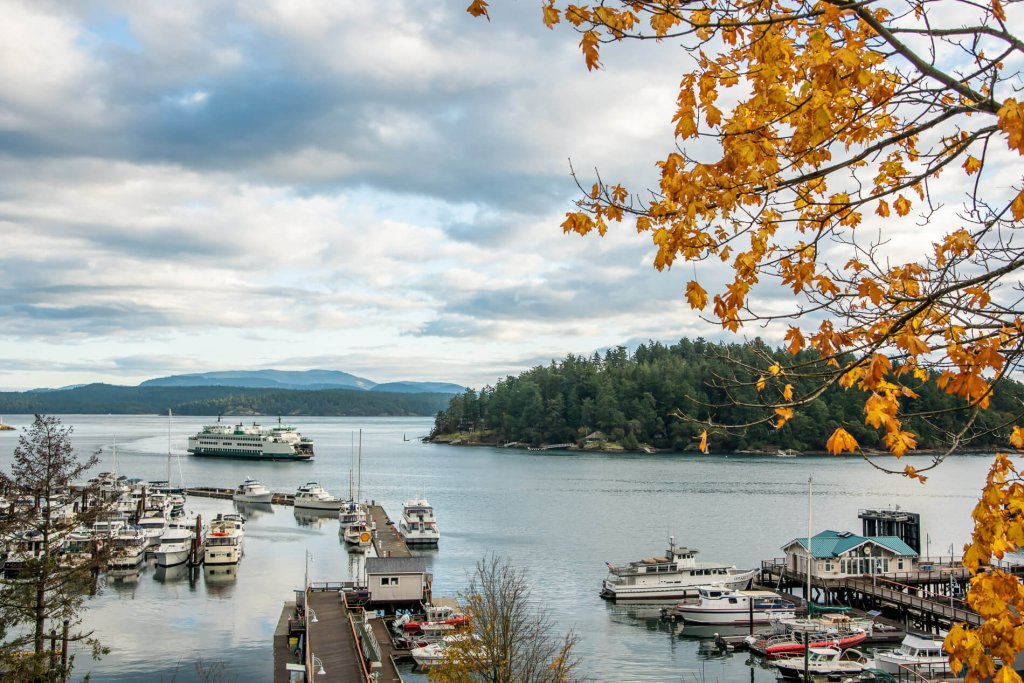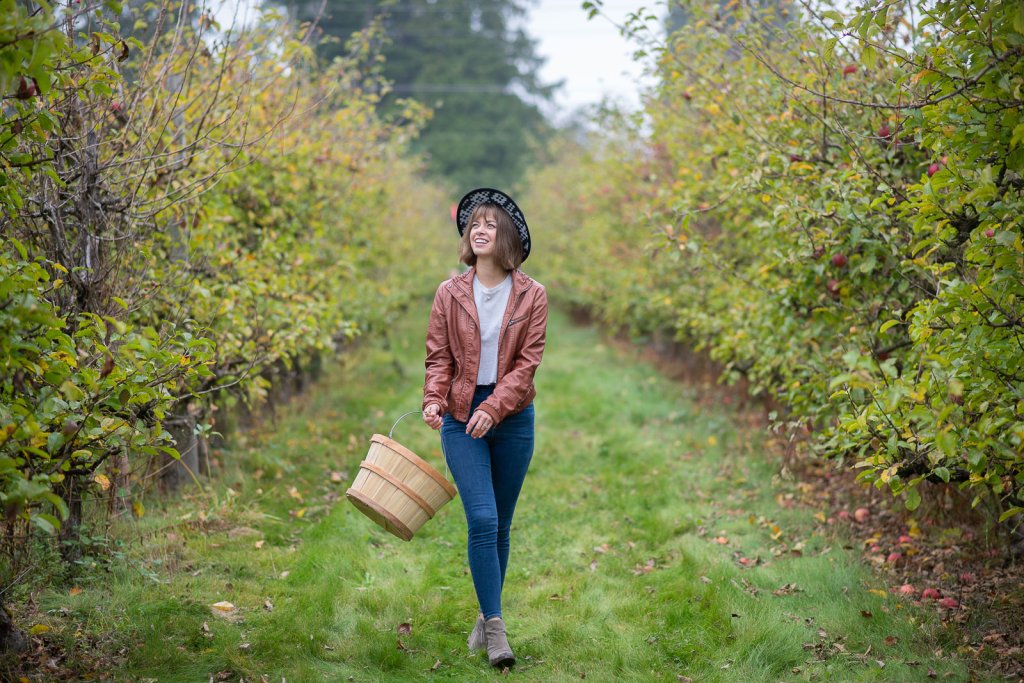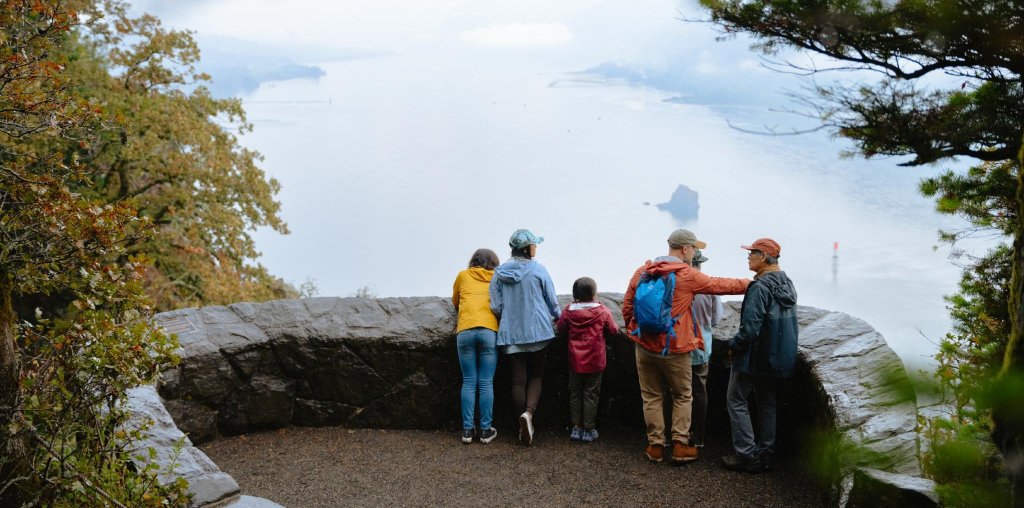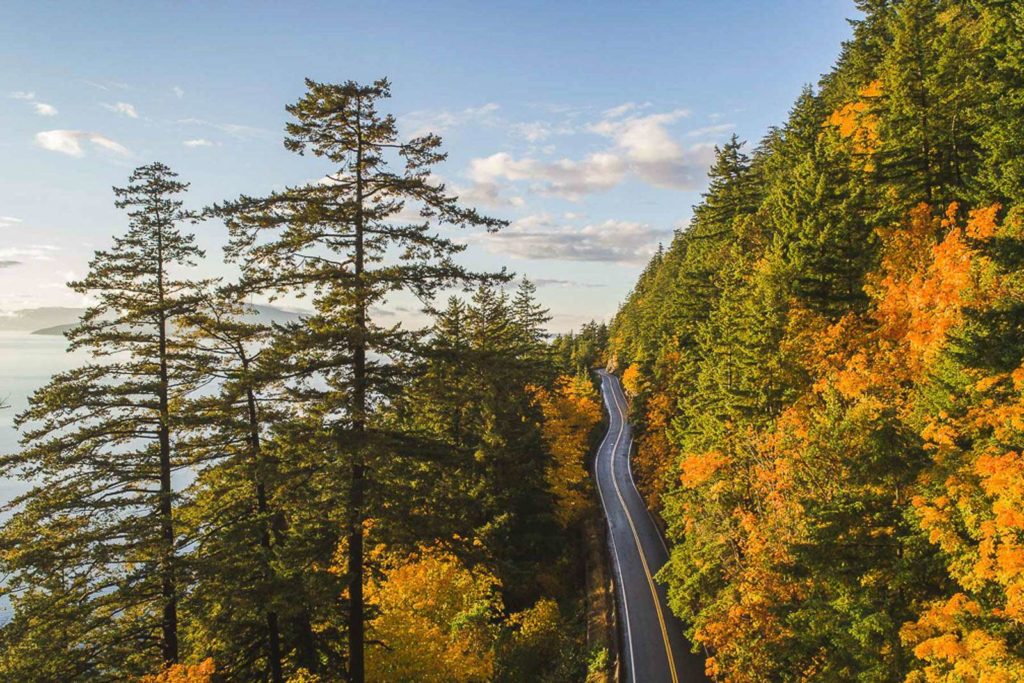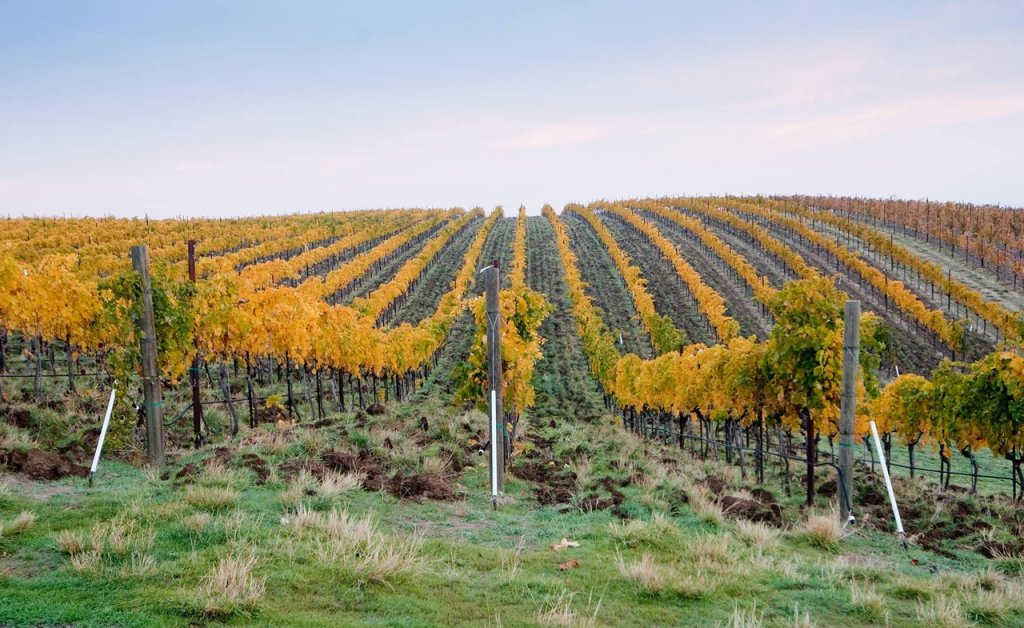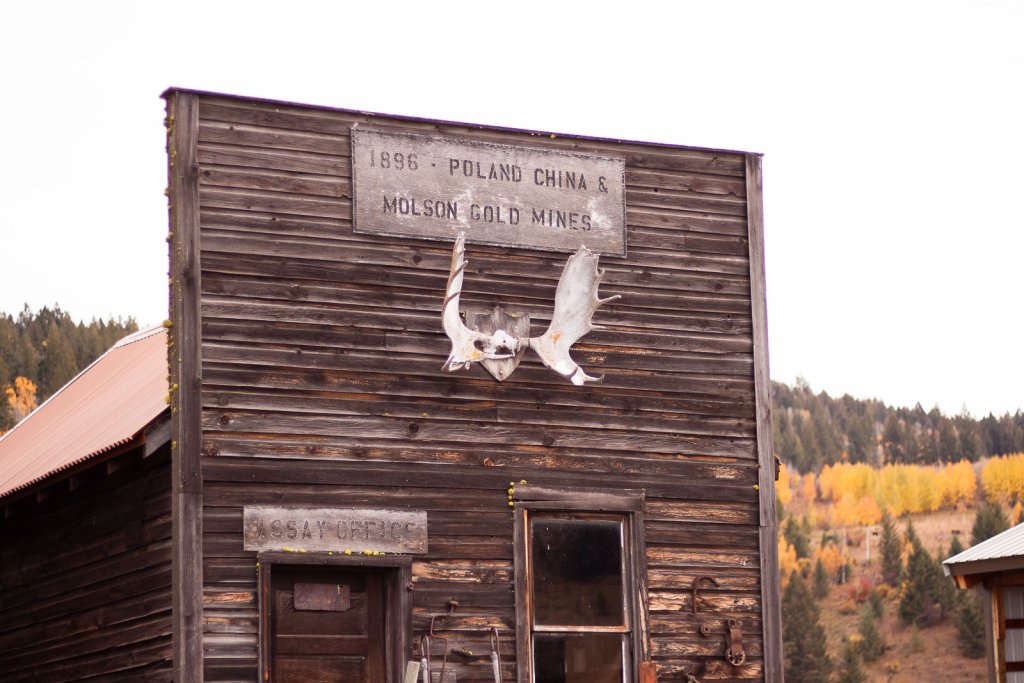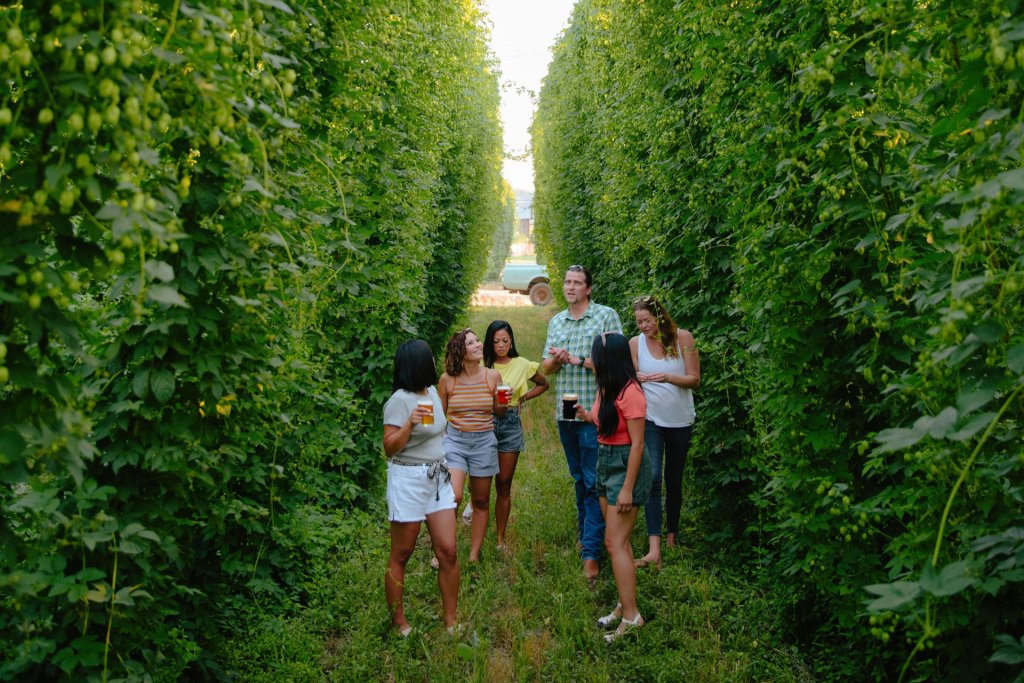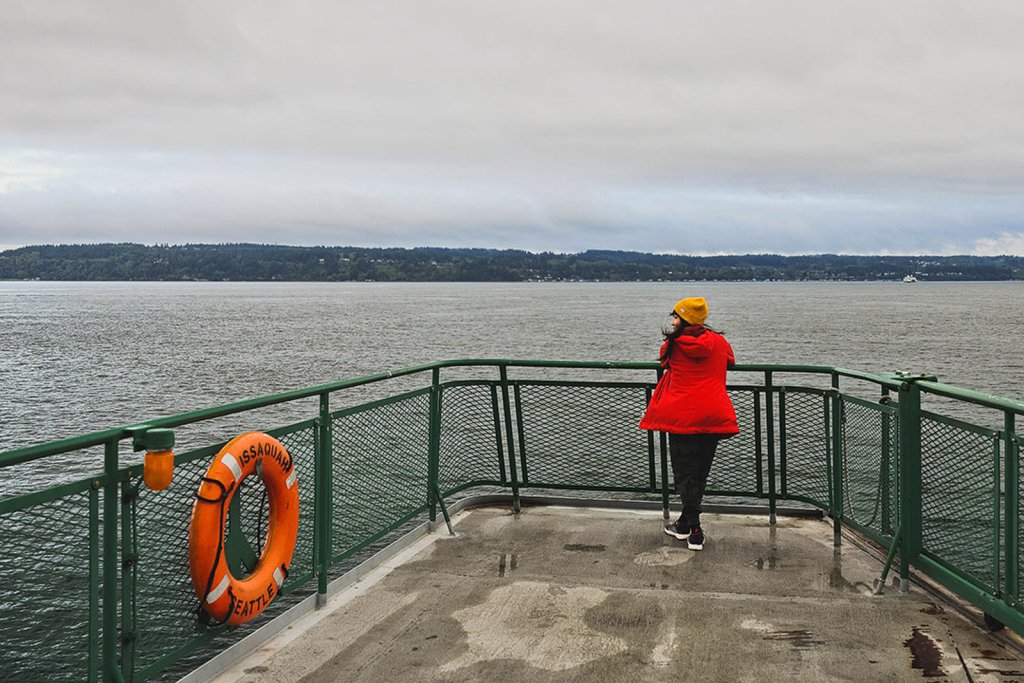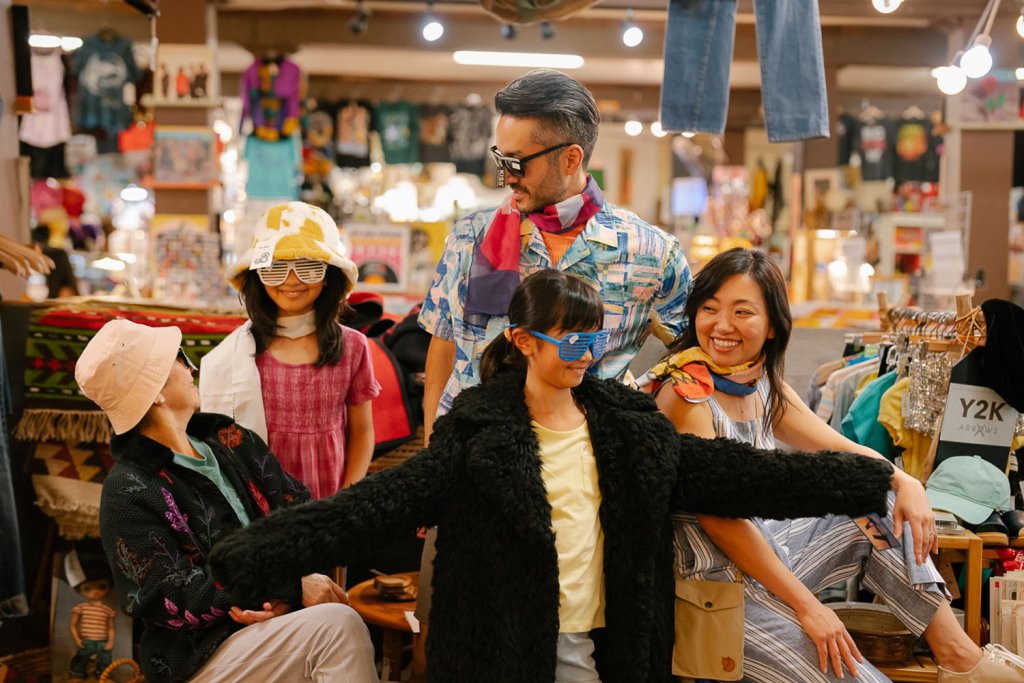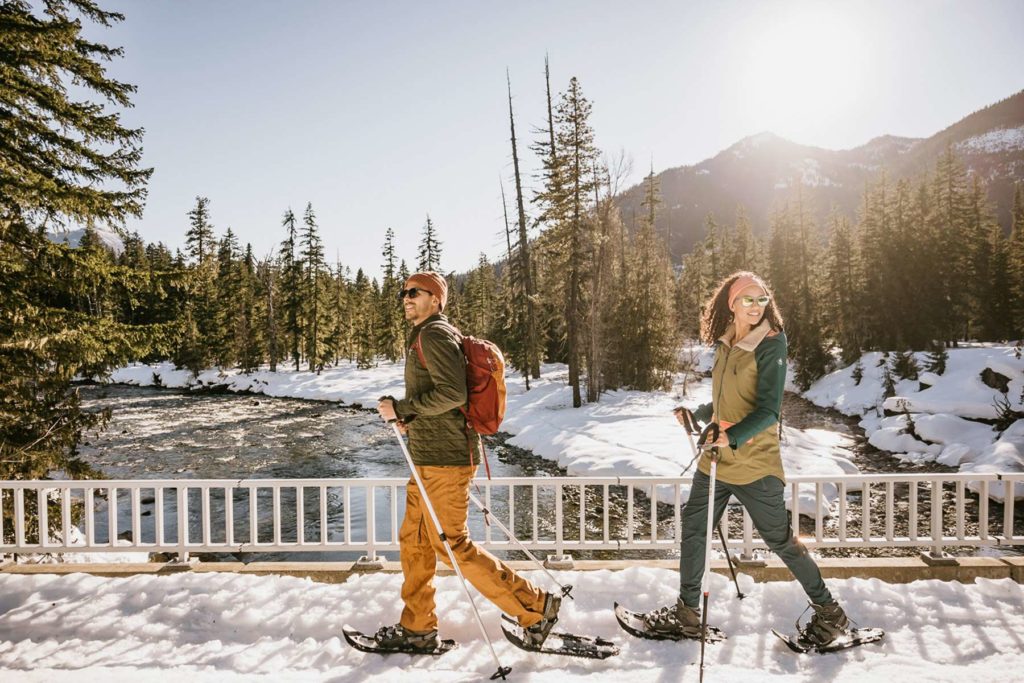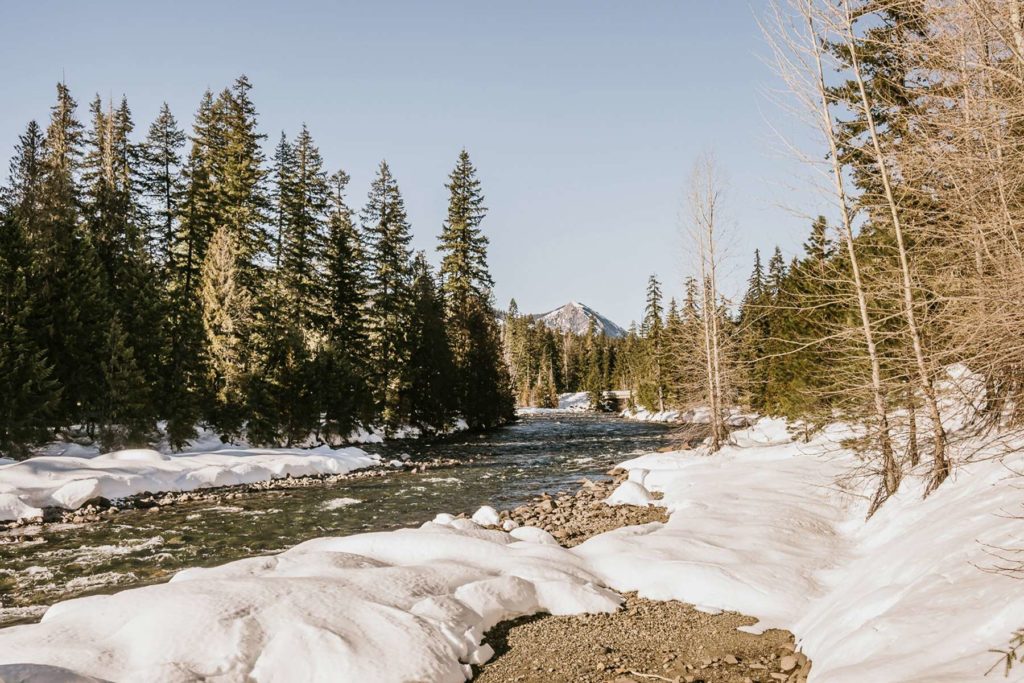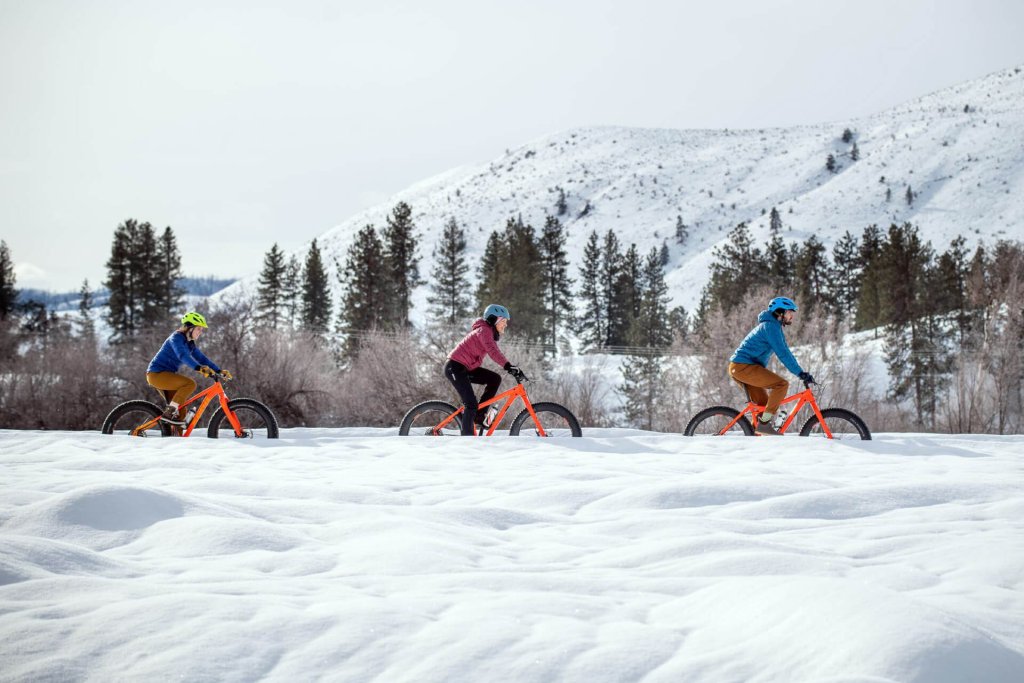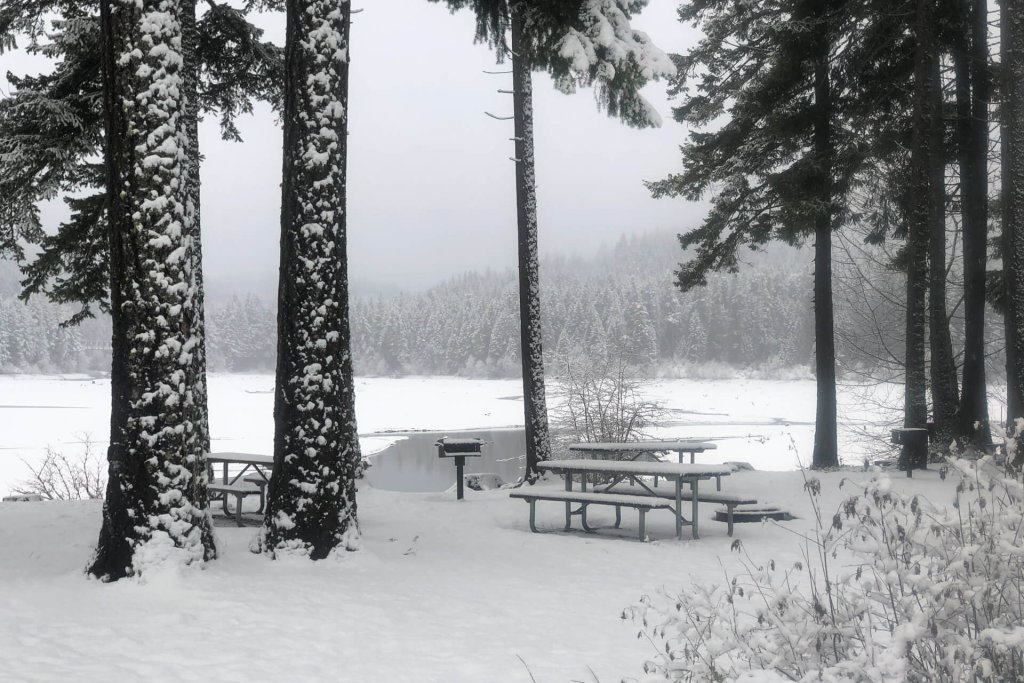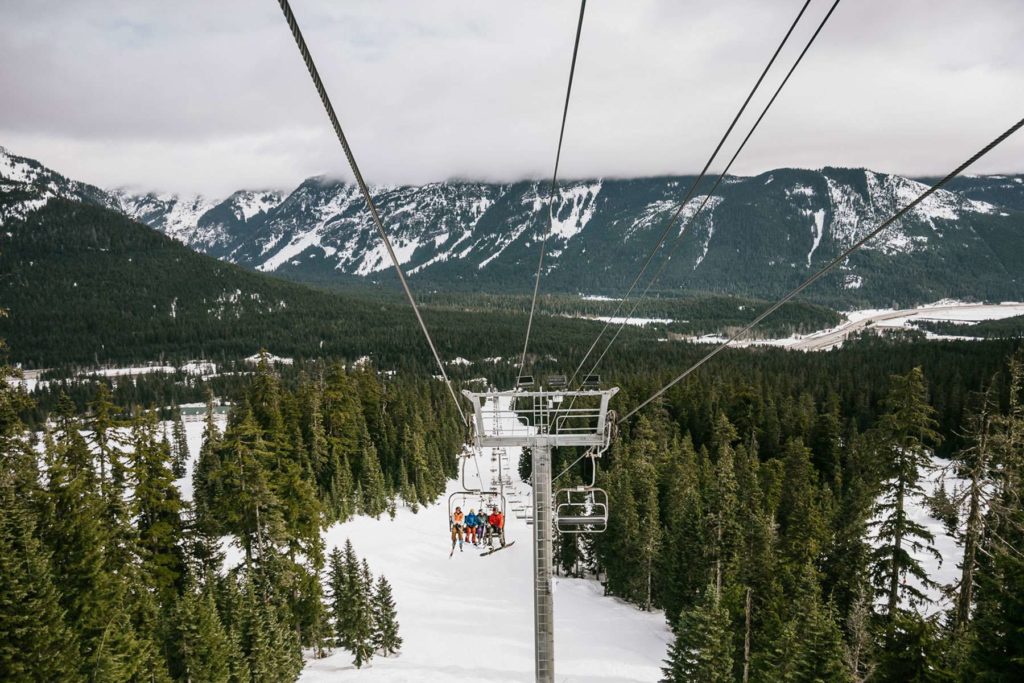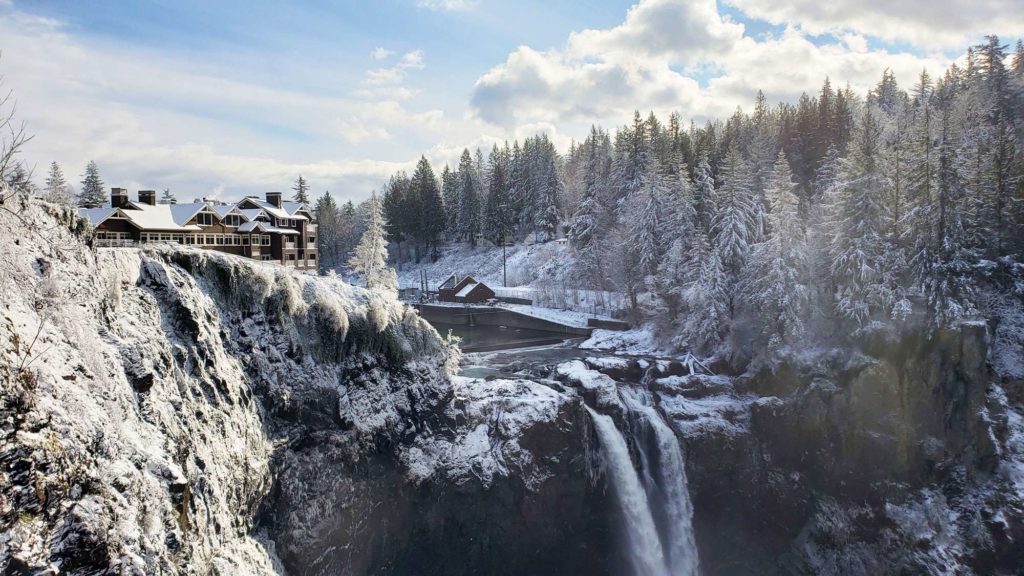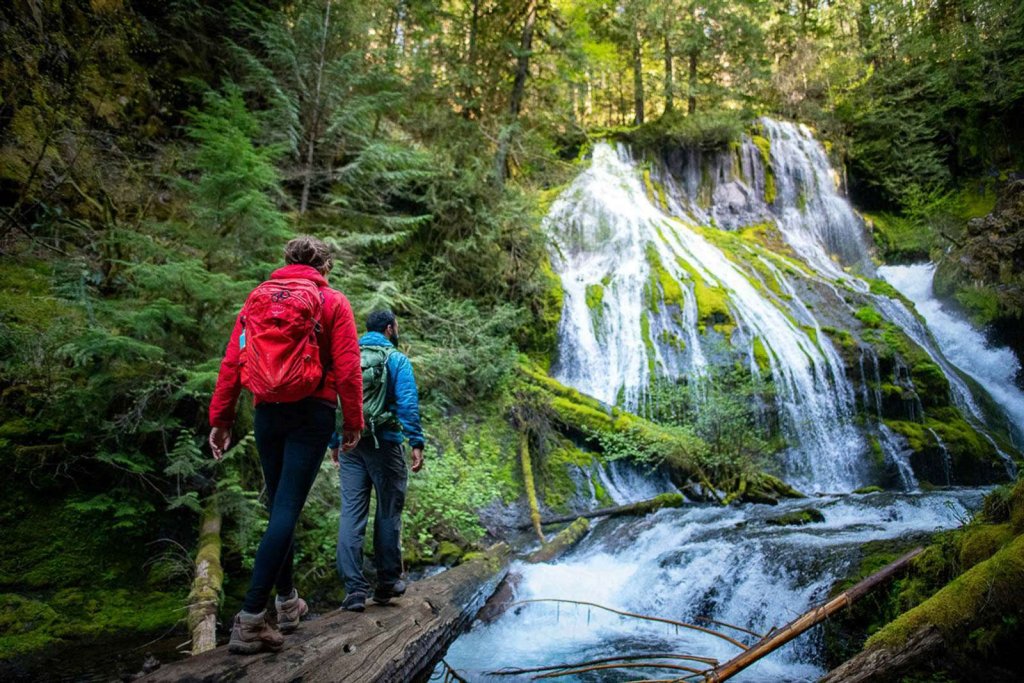
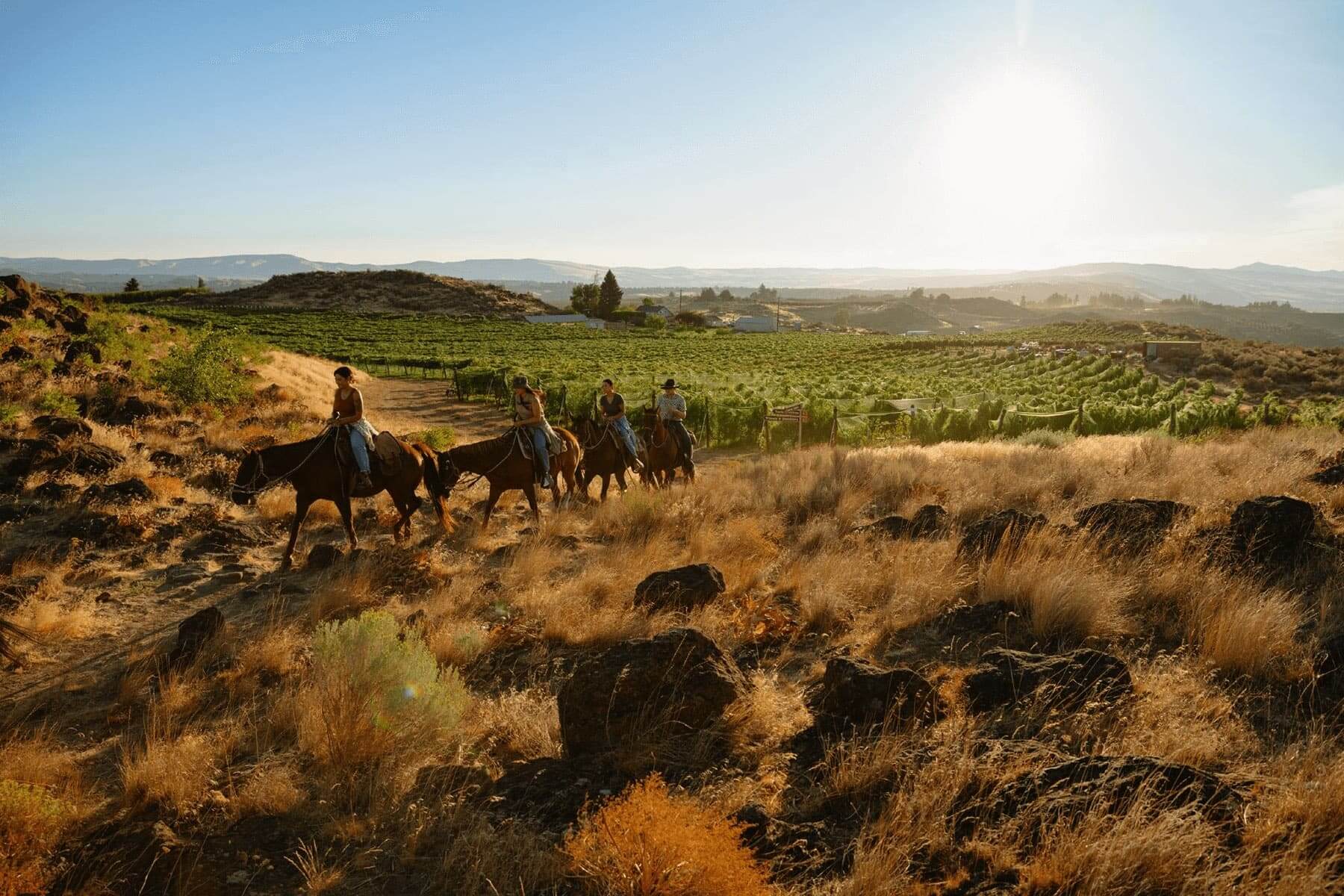
Timing Your Trip: Climate & Seasons
Navigating Washington’s Peak Travel Times
The state’s diverse landscape and varied weather make Washington an exciting destination year-round. While summer brings sunny skies and warmer days throughout much of the state, it is also peak travel season. Travelers can continue to have a positive impact in the summer by considering lesser-known destinations and packing their patience for more well-known spots.
Many destinations east of the Cascade Mountains or south of the Puget Sound region have the capacity to welcome visitors during peak months. Here’s a brief overview of what to expect based on Washington’s climate and seasons.
Washington’s Climate
Washington is divided by the Cascade Mountains and bordered on the west by the Pacific Ocean and Salish Sea. The state’s diverse topography also leads to many microclimates. Because of this, the weather can vary greatly across the state.
Western Washington
In general, the west side of the Cascade Mountains tends to be cooler and wetter than the east side. Here, you’ll find mountains, ocean beaches, islands, and temperate rainforests. Many cities sit at sea level yet experience drastic variations in precipitation. Cities on the west side of the Olympic Peninsula see more rain, while the northeast side of the Olympics and the San Juan Islands fall in the rain shadow and get more dry, sunny days.
Eastern Washington
The state’s east side is broadly characterized by arid high desert, rolling hills, sagebrush, and pine forests. It tends to see drier weather with hot summers and cold winters. This landscape creates perfect growing conditions for much of the state’s hop and wine production. The foothills and mountains also offer excellent outdoor recreation come winter.
Seasons & Peak Travel Times
In summer, particularly on weekends, destinations such as Seattle, Olympic National Park, Washington’s islands, and Mount Rainier National Park receive an influx of visitors. Beyond the busier summer months, the shoulder seasons offer a chance to explore the state’s well-known spots with fewer crowds and the bonus of experiencing seasonal activities such as snowshoeing or viewing fall foliage.
Being flexible with travel plans and taking advantage of quieter visitation times can help maximize your travel plans while experiencing fewer crowds.
Spring
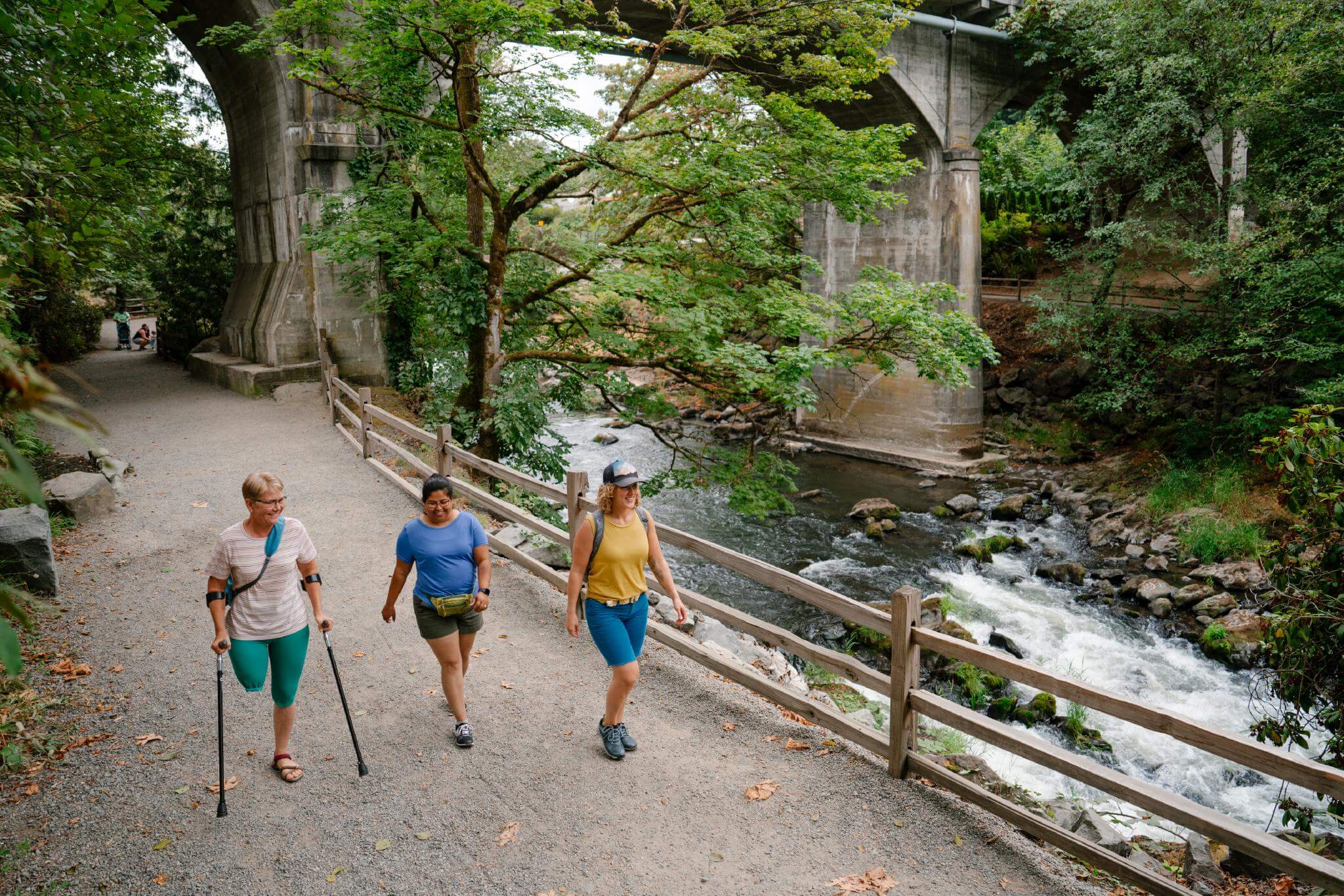
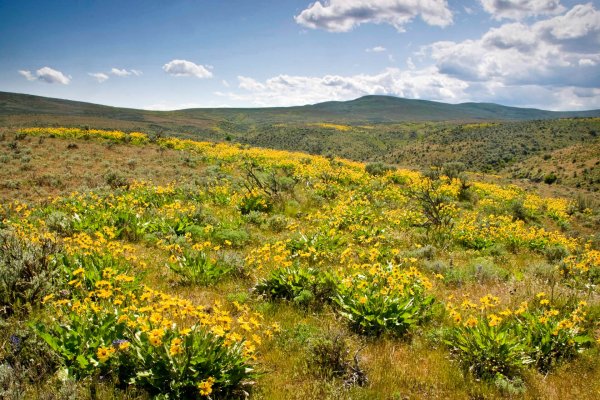
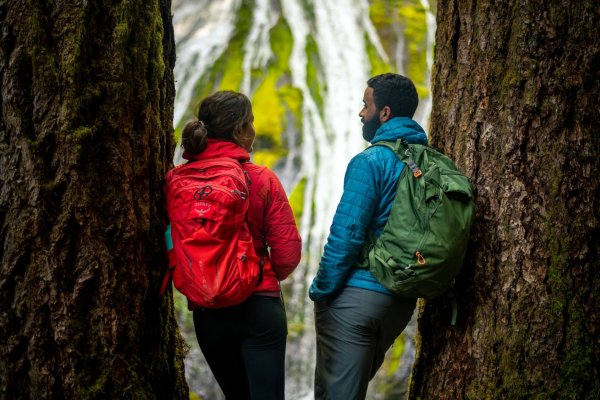
Colorful blossoms and mild temperatures characterize spring in Washington. This season brings less rain than winter, although showers are still common into early June in Western Washington. In the mountains and higher elevations, light snow is possible into early spring, and the snowpack formed over the winter can take until the summer to thaw out.
This period before peak travel season is a great time to view spring blooms and take advantage of fewer crowds, especially at popular hikes and parks. From scenic trails to charming towns, springtime allows for a more relaxed experience. Just remember to pack layers and gear for rain. Find helpful resources for spring travel:
Summer
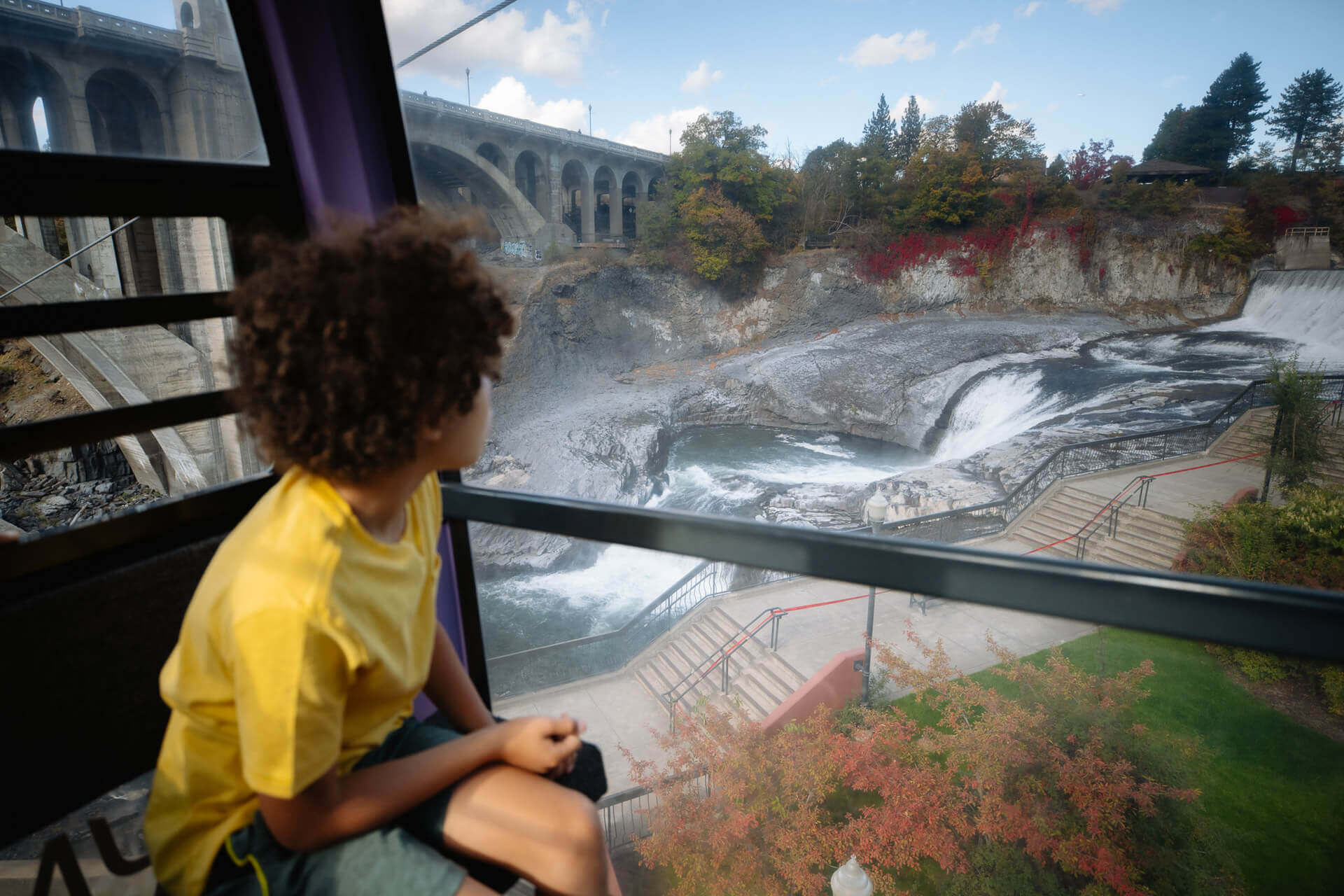
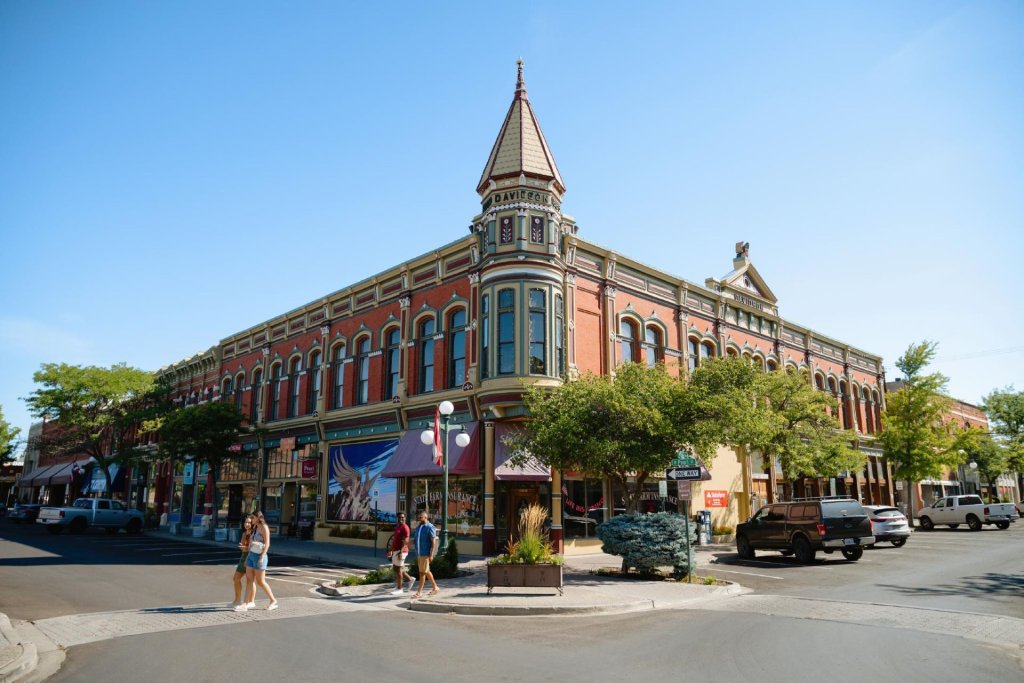
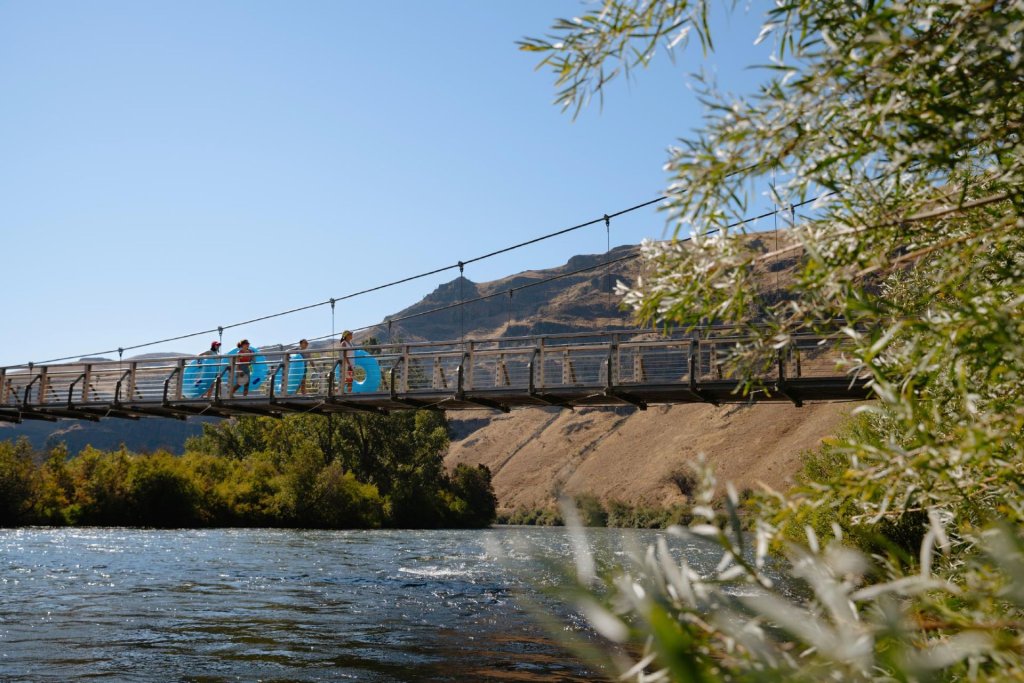
By mid-June, temperatures have started to climb across the state, and visitors can expect blue skies with limited showers during these months. In Western Washington, the Pacific Ocean offers a cooling influence, resulting in comfortably warm temperatures for much of summer. Moving inland and east of the Cascades, temperatures trend on the higher end. During July and August, cities throughout the state can see days reaching 100 degrees.
Travel to Washington is busiest from Memorial Day through Labor Day, peaking in July and August. Summer draws millions of visitors, particularly to destinations like Seattle, Mount Rainier National Park, Olympic National Park, and Washington’s islands. While it’s a gorgeous time to soak in the wonders of the state, keep in mind the heightened visitation when trip planning and book accommodations and other reservations in advance.
Visiting in the summer? Here’s what you need to know:
- Know before you go. Check travel alerts and weather conditions before heading out so you’re aware of any delays or closures.
- Book accommodations, tours, and other activities in advance.
- Make vehicle reservations for popular ferry routes, such as Anacortes to the San Juan Islands, in advance. Plan to arrive at the terminal 45-60 minutes before departure. View our Guide to Washington Ferry Routes.
- For popular destinations, opt to visit on weekdays and/or before 7 a.m. or after 5 p.m.
- Have a backup plan, especially if visiting Mount Rainier and Olympic national parks. If waits are long, consider exploring less congested areas of the park or similar nearby attractions.
- Important Note: For 2024, Mount Rainier has implemented a new timed entry reservation system during the summer months. Learn more and book a time slot here. Find more summer travel tips and ideas for alternative destinations.
- In Olympic National Park, the most popular destinations are the Hoh Rain Forest and Hurricane Ridge. Find summer travel tips for these areas and ideas for alternative destinations. If visiting Hurricane Ridge, consider taking the Clallam Transit bus from Port Angeles.
- On holiday weekends (Memorial Day, Fourth of July, and Labor Day), prepare for longer wait times. Pack plenty of water and snacks and be sure to fill up your gas tank.
Fall
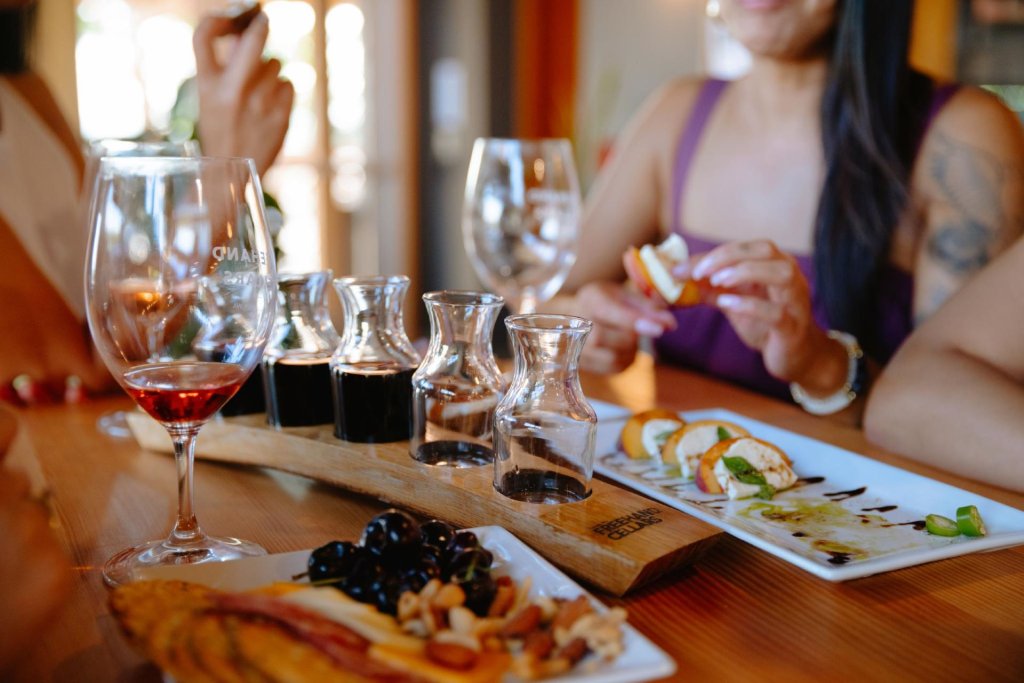
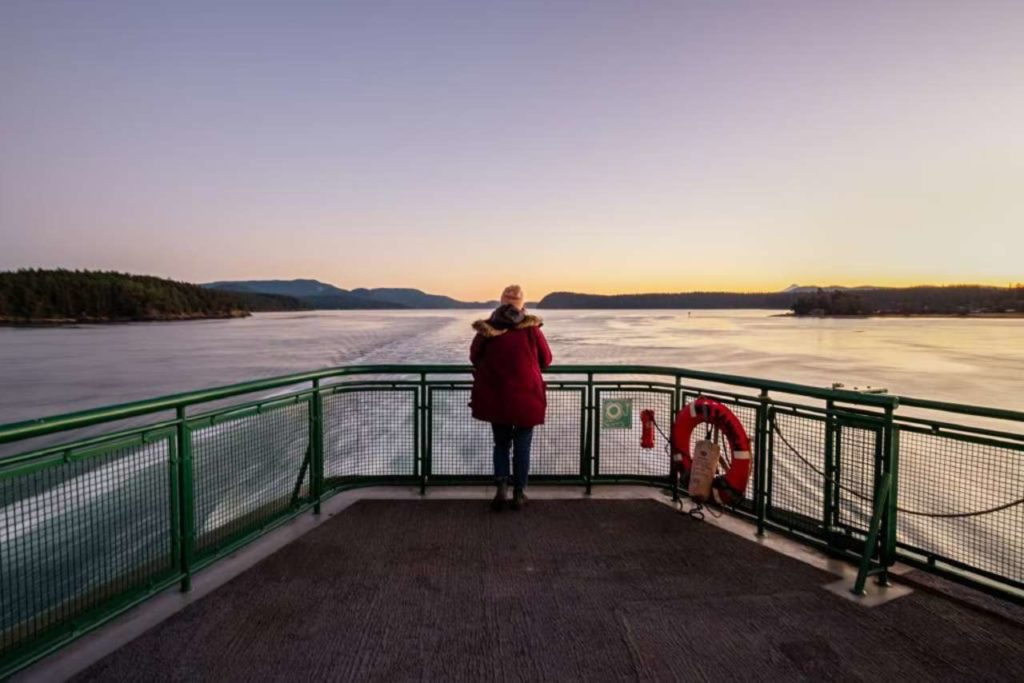
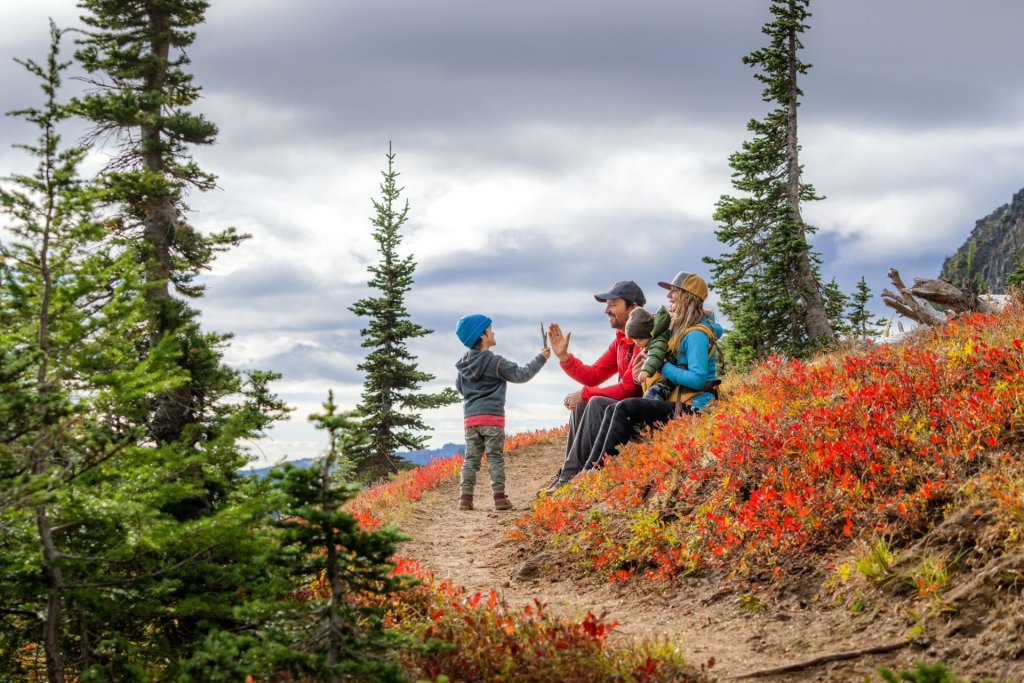
Fantastic weather continues into fall, with warm September days giving way to cooler temperatures and fall colors in October that are perfect for outdoor recreation. Early fall is mostly sunny and dry. Come November, rain starts to increase, and temperatures continue to fall.
As the summer crowds disperse, fall is a prime time for exploration. Enjoy peaceful hiking trails in the state and national parks and easier ferry travel to the islands. Trips to Wine Country and the southern portion of the state are also a wonderful way to embrace this season’s beauty.
Winter
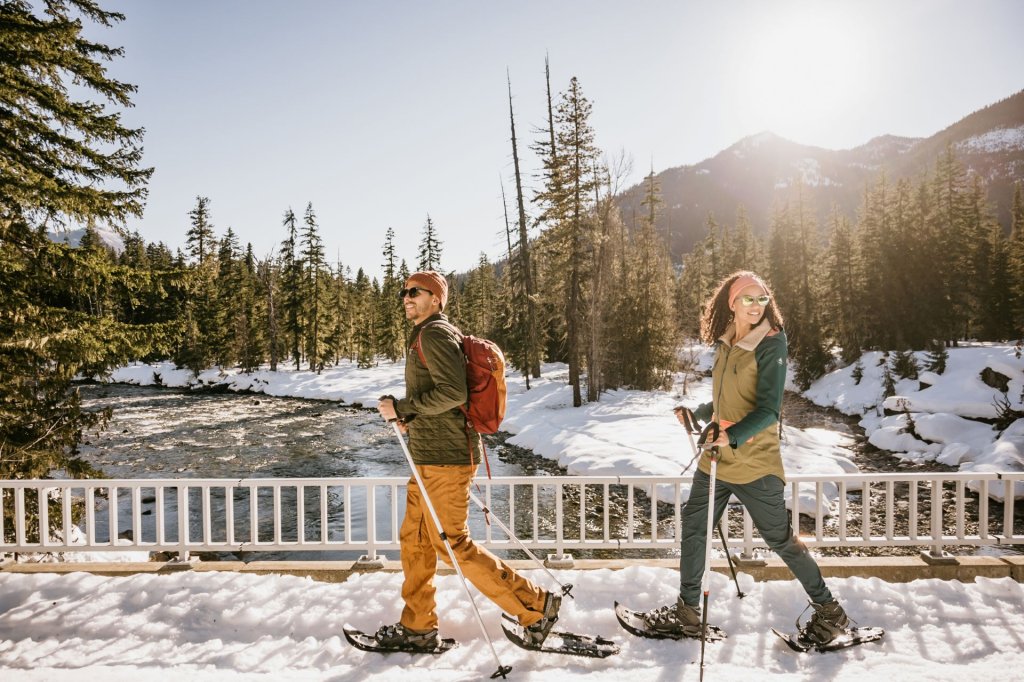

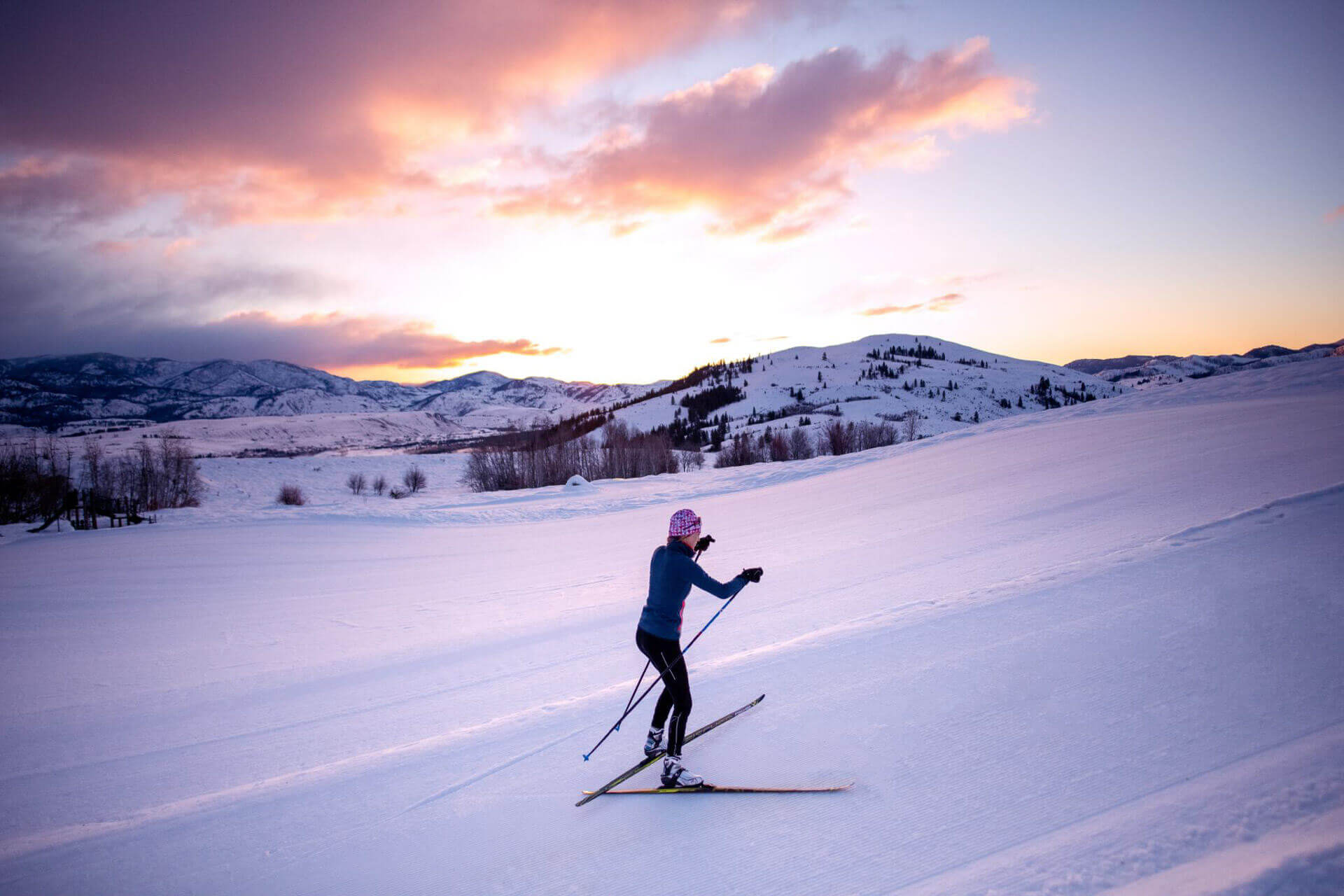
While rain increases and temperatures drop, winter is an excellent time for winter sports and exploring all the state’s cozy restaurants and cultural offerings. Expect moody fog, great storm watching along the coast, and peak winter wonderland experiences in the Cascade Mountains and other higher elevations. Ski season kicks off in late November and usually runs through April.
With options for outdoor thrills and tranquil moments of discovery, there’s an array of seasonal offerings to enjoy. Find resources for winter exploration:


